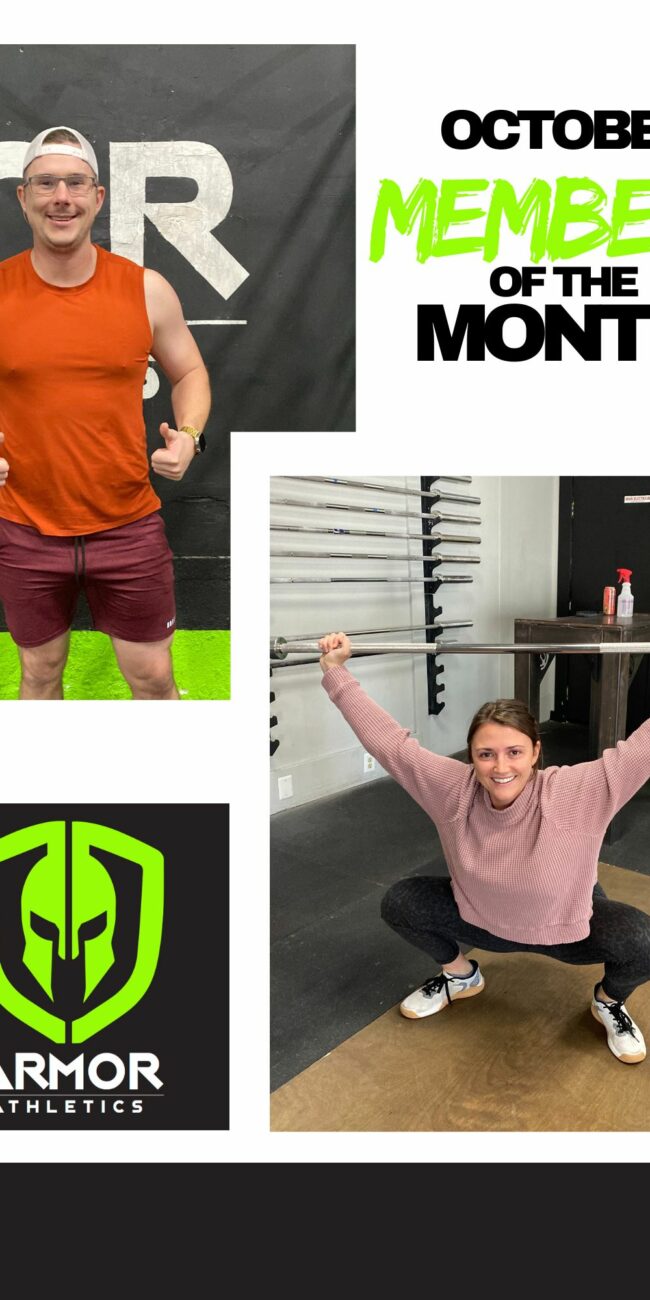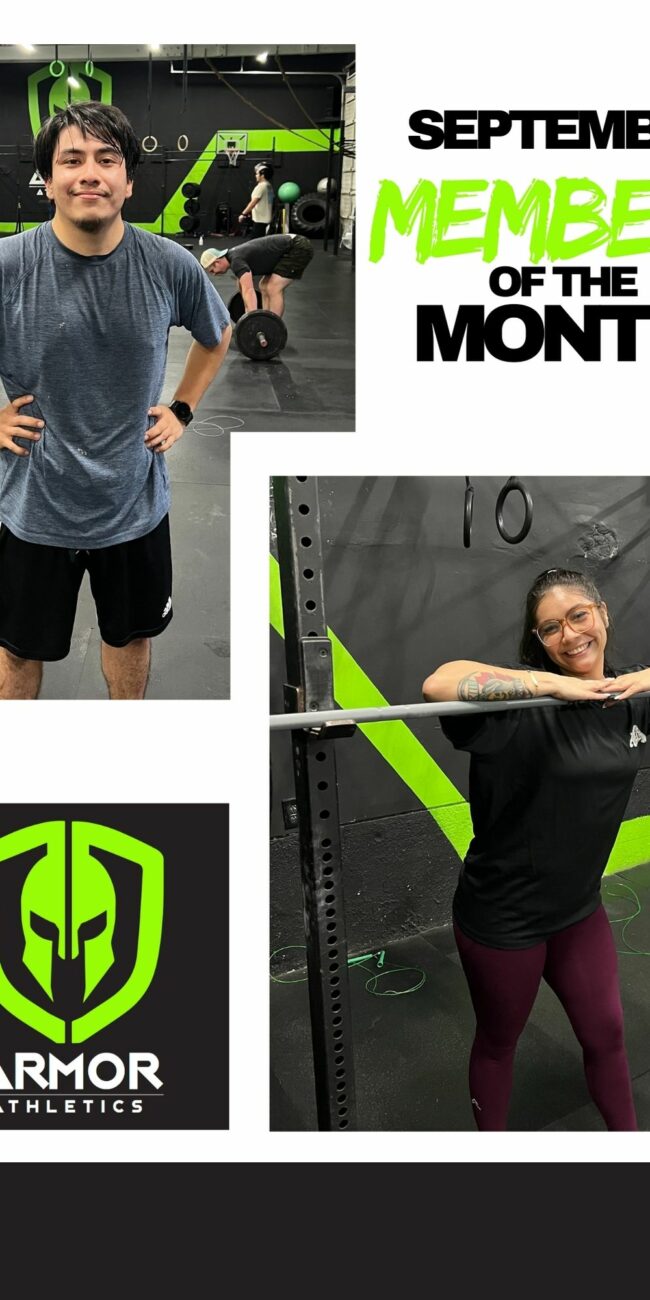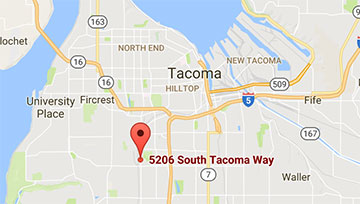
Assistance Exercises – Split Squats
Implementing supplemental work – Tips from a Physical Therapist
Split squats are a great exercise for correcting structural imbalances, increasing strength, and decreasing risk for injuries. In order to maximize the benefits of this exercise you need to understand the when and why of applying supplemental work to an athlete’s program. There is a proper time within a training session as well as training cycle to perform split squats, and this should be individualized to the athlete.
Split squats can be a great place to start off for those who do not possess the mobility, neuromuscular control, and strength to perform compound movements such as back squats. Some examples of trainees like this include those new to weightlifting or those recovering from injuries. On the flip side of this, elite athletes may develop imbalances due to the demands of their sport that can be corrected via split squats. Olympic weightlifters are just one example of such athletes.
Olympic weightlifting has a unique demand in the split jerk. This is a highly refined movement pattern and thus is typically performed with the same leg forward every rep. For lifters that have been training for years, they may find they develop an imbalance in hip mobility. Some signs and symptoms of this issue include low back/SI pain on one side, decreased hip mobility from one hip to the other, unconsciously setting up to pull or squat with one foot slightly behind the other, and even rotating when standing a weight up out of the bottom of a squat. Athletes can attack this issue in a variety of ways. They may find split squats to be a great addition to their program to help correct the imbalances while allowing them to continue to train and increase strength.
Split squats can be a great place to start off for those who do not possess the mobility, neuromuscular control, and strength to perform compound movements such as back squats.
There are many variations of split squats. The one shown below is the front foot elevated split squat. This is great exercise for improving mobility of the low extremities. Some key points in performing this exercise correctly:
- Start with your feet in a regular squat width before splitting your stance
- Move down and forward as you go to the bottom of the range of motion
- Keep the heel of the working (front) leg flat on the ground
- Prevent valgus (inward) collapse of the front knee
- Keep torso vertical
Split squats do not need to be over complicated but they should also not be ignored. I know, split squats are never as cool as crushing a big PR in the back squat or one of the classic lifts (snatch, clean, jerk) but they can go a long way towards keeping you healthy in order to be able to crush those PRs.
For more details on how to implement assistance exercises and prevent injuries in your training you should always seek out a knowledgeable professional. Just to be clear, I’m talking about movement experts that “walk the walk”. Watching a couple Youtube videos does not make you a professional or knowledgeable.





